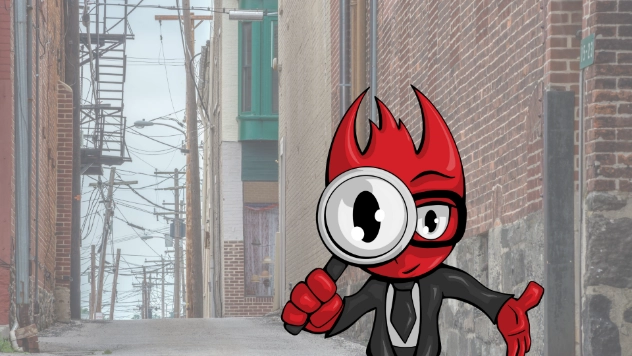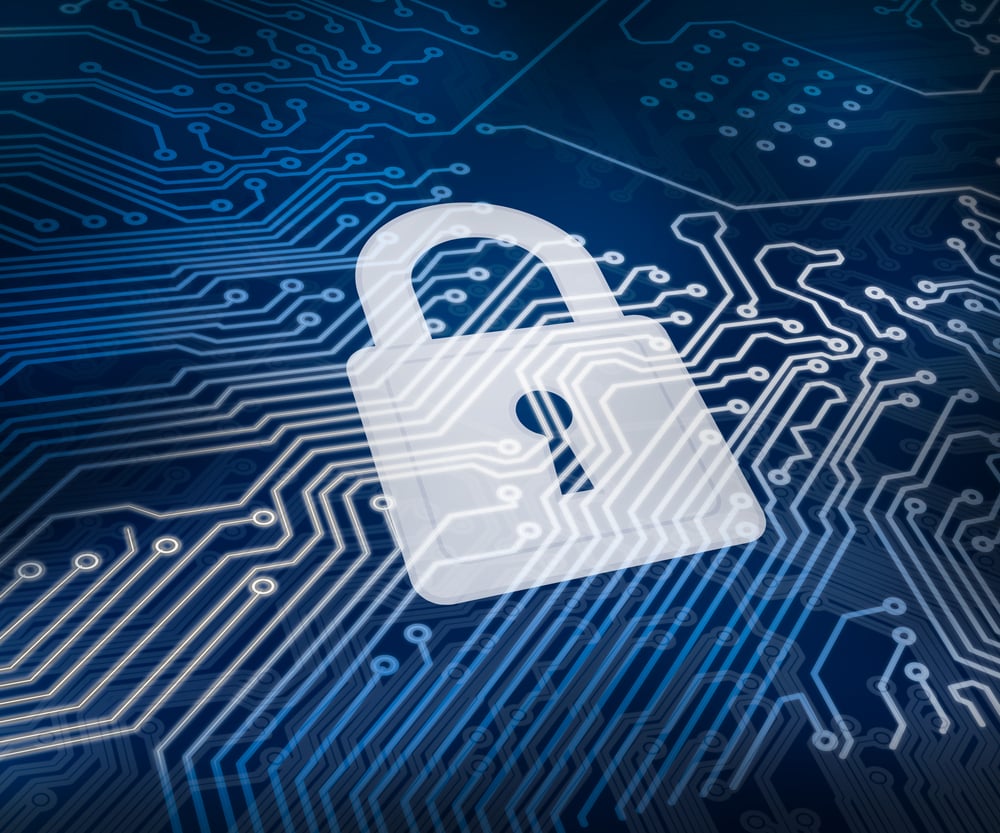A physical penetration test of your organization’s physical location can be a valuable and eye-opening experience. These tests are real-world attacks on your physical security measures in order to identify vulnerabilities and weaknesses. By hiring a professional team to conduct the test, you can gain a better understanding of your building's defenses and take steps to improve them.
The process begins with a consultation to discuss your security needs and goals for the test. During this consultation, the consultants will gather information about your building's layout, security controls, and other relevant details and also explain the methods and any potential risks or disruptions that may occur during the test.
Once the scope has been agreed upon and contracts signed, a testing date will be set. During the testing phase, the team may employ various techniques including, but not limited to, utilizing counterfeit identification or concealment methods to gain entry, circumventing security systems such as alarms and surveillance cameras, and attempting to gain access to the building via forced entry through windows or doors. All actions taken and any vulnerabilities identified will be thoroughly documented.
While conducting the test, it is important to maintain a normal level of security and vigilance. This means continuing to follow established security protocols and procedures, such as checking IDs and performing regular patrols. It is also important to remember that the testing team is not a threat and to avoid interfering with their work unless there is an immediate safety concern.
During testing, there may be a period of debriefing where Secure Ideas consultants and your organization discuss preliminary findings. This session is an opportunity for immediate feedback, allowing for clarification on specific vulnerabilities and discussing potential immediate mitigations. It's a collaborative effort aimed at ensuring that the final report is as actionable and comprehensive as possible. Moreover, this phase underscores the importance of viewing security as an ongoing process rather than a one-time event.
Throughout this process, embracing the mindset that accompanies a physical penetration test is important for long-term improvement. It is not just about fixing immediate vulnerabilities, it’s also about fostering a culture of security awareness and vigilance among all staff members. Training and education programs should be implemented or enhanced in light of the test's findings to ensure that everyone understands their role in maintaining security. This can range from recognizing social engineering attempts to reporting suspicious activities. By integrating these insights into daily operations and organizational culture, you further reinforce the security of your assets against future threats.
After testing is completed, consultants will provide a report detailing their findings and recommendations for improving your security. This report may include specific recommendations for strengthening security measures, such as improving access controls or increasing surveillance. It may also include broader recommendations for improving security culture and awareness within the organization.
Working with an experienced penetration testing company can be a valuable opportunity to identify and address weaknesses in your location's physical security. While the process may be disruptive and require some upfront investment, the insights gained and improvements made as a result can be well worth it. By taking steps to improve the physical security of a location, you can better protect your organization, its assets, and the people who work there.



